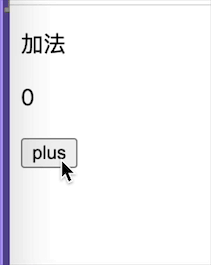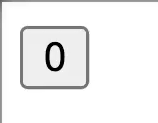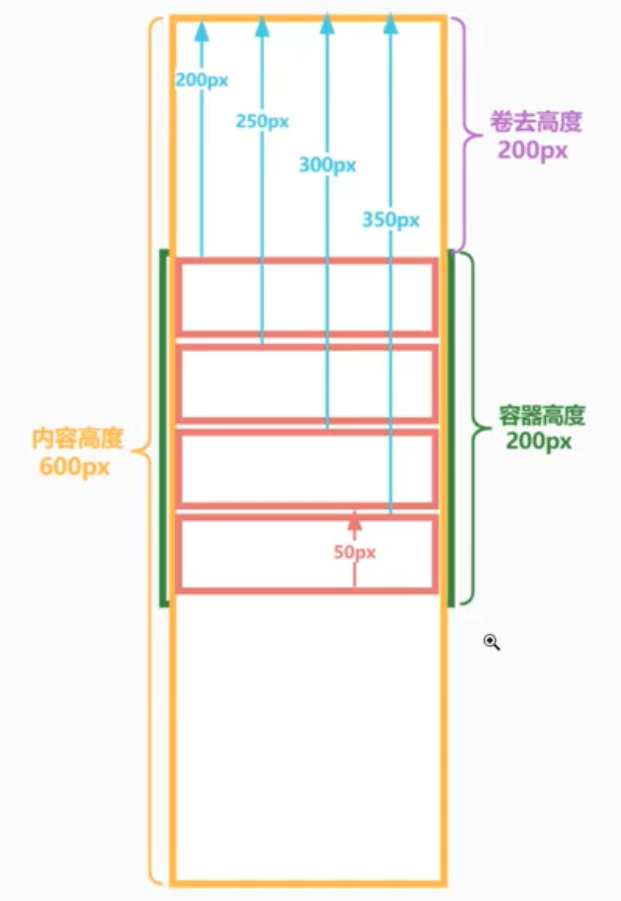194. Reactor Cooling
time limit per test: 1 sec.
memory limit per test: 65536 KB
memory limit per test: 65536 KB
input: standard
output: standard
output: standard
The terrorist group leaded by a well known international terrorist Ben Bladen is buliding a nuclear reactor to produce plutonium for the nuclear bomb they are planning to create. Being the wicked computer genius of this group,you are responsible for developing the cooling system for the reactor.
The cooling system of the reactor consists of the number of pipes that special cooling liquid flows by. Pipes are connected at special points,called nodes,each pipe has the starting node and the end point. The liquid must flow by the pipe from its start point to its end point and not in the opposite direction.
Let the nodes be numbered from 1 to N. The cooling system must be designed so that the liquid is circulating by the pipes and the amount of the liquid coming to each node (in the unit of time) is equal to the amount of liquid leaving the node. That is,if we designate the amount of liquid going by the pipe from i-th node to j-th as fij,(put fij = 0 if there is no pipe from node i to node j),for each i the following condition must hold:
sum(j=1..N,fij) = sum(j=1..N,fji)
Each pipe has some finite capacity,therefore for each i and j connected by the pipe must be fij ≤ cij where cij is the capacity of the pipe. To provide sufficient cooling,the amount of the liquid flowing by the pipe going from i-th to j-th nodes must be at least lij,thus it must be fij ≥ lij.
Given cij and lij for all pipes,find the amount fij,satisfying the conditions specified above.
The cooling system of the reactor consists of the number of pipes that special cooling liquid flows by. Pipes are connected at special points,called nodes,each pipe has the starting node and the end point. The liquid must flow by the pipe from its start point to its end point and not in the opposite direction.
Let the nodes be numbered from 1 to N. The cooling system must be designed so that the liquid is circulating by the pipes and the amount of the liquid coming to each node (in the unit of time) is equal to the amount of liquid leaving the node. That is,if we designate the amount of liquid going by the pipe from i-th node to j-th as fij,(put fij = 0 if there is no pipe from node i to node j),for each i the following condition must hold:
sum(j=1..N,fij) = sum(j=1..N,fji)
Each pipe has some finite capacity,therefore for each i and j connected by the pipe must be fij ≤ cij where cij is the capacity of the pipe. To provide sufficient cooling,the amount of the liquid flowing by the pipe going from i-th to j-th nodes must be at least lij,thus it must be fij ≥ lij.
Given cij and lij for all pipes,find the amount fij,satisfying the conditions specified above.
Input
The first line of the input file contains the number N (1 ≤ N ≤ 200) - the number of nodes and and M — the number of pipes. The following M lines contain four integer number each - i,j,lij and cij each. There is at most one pipe connecting any two nodes and 0 ≤ lij ≤ cij ≤ 105 for all pipes. No pipe connects a node to itself. If there is a pipe from i-th node to j-th,there is no pipe from j-th node to i-th.
Output
On the first line of the output file print YES if there is the way to carry out reactor cooling and NO if there is none. In the first case M integers must follow,k-th number being the amount of liquid flowing by the k-th pipe. Pipes are numbered as they are given in the input file.
Sample test(s)
Input
Test #1
4 6
1 2 1 2
2 3 1 2
3 4 1 2
4 1 1 2
1 3 1 2
4 2 1 2
Test #2
4 6
1 2 1 3
2 3 1 3
3 4 1 3
4 1 1 3
1 3 1 3
4 2 1 3
4 6
1 2 1 2
2 3 1 2
3 4 1 2
4 1 1 2
1 3 1 2
4 2 1 2
Test #2
4 6
1 2 1 3
2 3 1 3
3 4 1 3
4 1 1 3
1 3 1 3
4 2 1 3
Output
NO
Test #2
YES
1
2
3
2
1
1
纠结了很久的无源汇最大流。
#include<iostream>
#include<cstring>
#include<cstdio>
#include<set>
#include<algorithm>
#include<vector>
#include<cstdlib>
#define inf 0xfffffff
#define CLR(a,b) memset((a),(b),sizeof((a)))
#define FOR(a,b) for(int a=1;a<=(b);(a)++)
using namespace std;
int const nMax = 210;
int const base = 10;
typedef int LL;
typedef pair<LL,LL> pij;
// std::ios::sync_with_stdio(false);
int up[nMax][nMax],low[nMax][nMax],flow[nMax][nMax],ans[nMax][nMax];
int sign[nMax][nMax],W[nMax];
int n,m;
int vis[nMax];
int src,sink;
int que[nMax*nMax];
int mx[nMax*nMax],my[nMax*nMax];
bool bfs() {
CLR(vis,0) ; CLR(sign,0) ;
int p,q;
p=q=0;
que[q++]=src;vis[src]=1;
while(p<q) {
for(int i=0;i<=n+1;i++) {
if(!vis[i]&&(flow[que[p]][i])&&(i!=que[p])){
que[q++]=i;
vis[i]=1;
sign[que[p]][i]=1;
}
}
p++;
}
if(vis[sink]) return true;
else return false;
}
int dfs(int v,int sum){
int i,s,t;
if(v==sink) return sum;
s=sum;
for(i=0;i<=n+1;i++) {
if(sign[v][i]){
t=dfs(i,min(flow[v][i],sum));
flow[v][i]-=t;
ans[v][i]+=t;
flow[i][v]+=t;
ans[i][v]-=t;
sum-=t;
}
}
return s-sum;
}
void make_net(){
scanf("%d%d",&n,&m);
src=0,sink=n+1;
int u,v;
CLR(flow,0) ; CLR(W,0) ; CLR(ans,0);
for(int i=1;i<=m;i++) {
scanf("%d%d",&u,&v) ;
mx[i]=u,my[i]=v;
scanf("%d%d",&low[u][v],&up[u][v]) ;
flow[u][v]=up[u][v]-low[u][v];
flow[u][sink]+=low[u][v];
flow[src][v]+=low[u][v];
W[v]+=low[u][v];
}
flow[src][sink]=flow[sink][src]=inf;
}
bool Dinic(){
while(bfs()) dfs(src,inf) ;
for(int i=1;i<=n;i++) if(ans[src][i]!=W[i]) return false;
return true;
}
int main(){
make_net();
if(!Dinic()) printf("NO\n");
else {
printf("YES\n");
for(int i=1;i<=m;i++) {
printf("%d\n",ans[mx[i]][my[i]]+low[mx[i]][my[i]]);
}
}
return 0;
}

 react 中的高阶组件主要是对于 hooks 之前的类组件来说的,如...
react 中的高阶组件主要是对于 hooks 之前的类组件来说的,如... 我们上一节了解了组件的更新机制,但是只是停留在表层上,例...
我们上一节了解了组件的更新机制,但是只是停留在表层上,例... 我们上一节了解了 react 的虚拟 dom 的格式,如何把虚拟 dom...
我们上一节了解了 react 的虚拟 dom 的格式,如何把虚拟 dom... react 本身提供了克隆组件的方法,但是平时开发中可能很少使...
react 本身提供了克隆组件的方法,但是平时开发中可能很少使... mobx 是一个简单可扩展的状态管理库,中文官网链接。小编在接...
mobx 是一个简单可扩展的状态管理库,中文官网链接。小编在接... 我们在平常的开发中不可避免的会有很多列表渲染逻辑,在 pc ...
我们在平常的开发中不可避免的会有很多列表渲染逻辑,在 pc ...